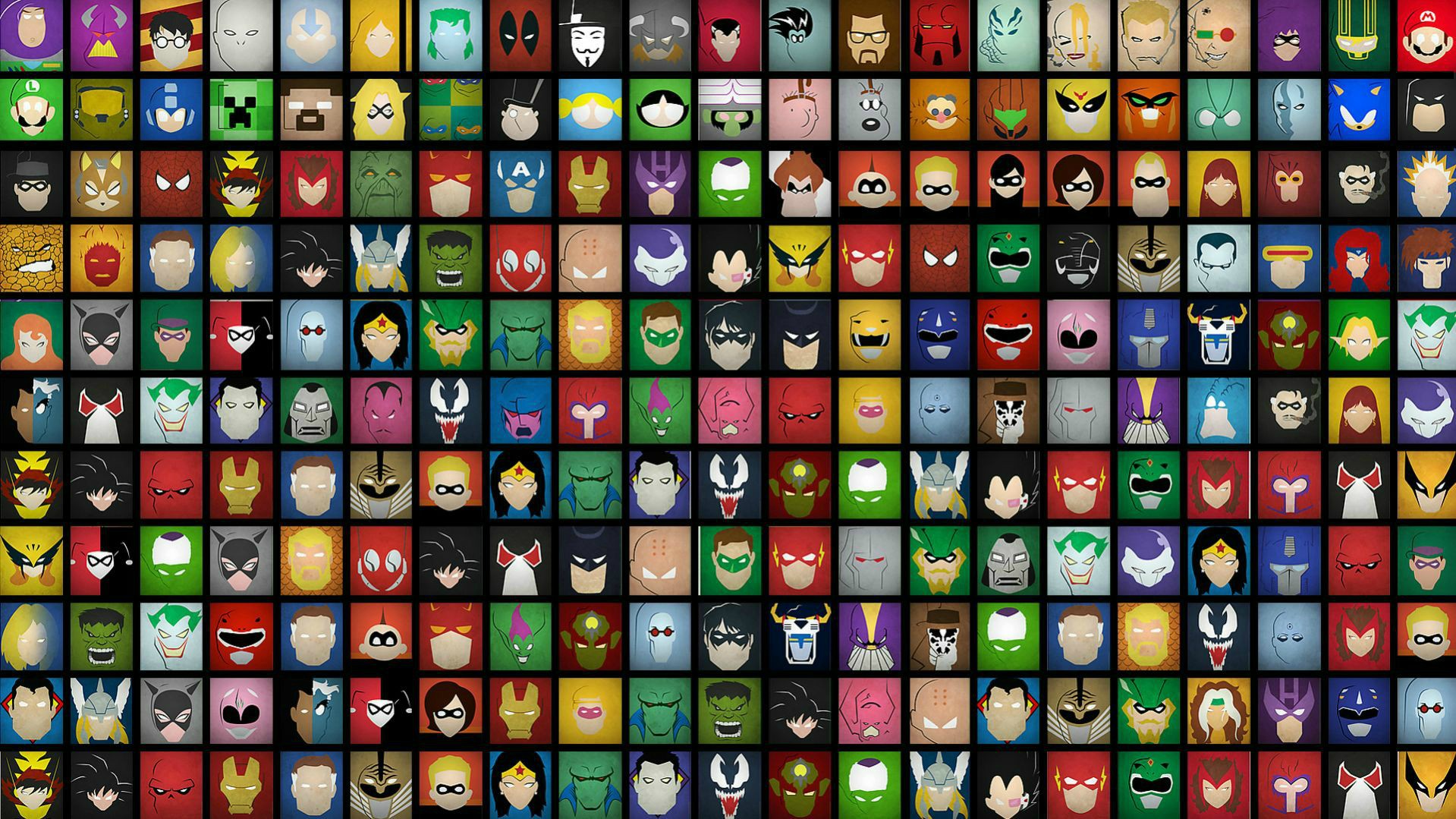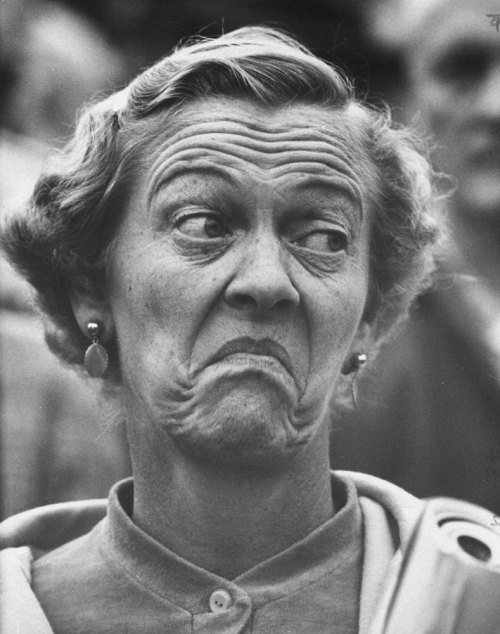The redesigning that I'm doing is one of heavy form alteration, but at the same time, I'm also changing the way the light works. What I really want to do is manipulate the way that the light is used. I want it to take up no space on the desk, and I also want it to illuminate a specific space really well. The workspace that it will illuminate won't change, so I don't want to make a lamp that has the ability to move.
In stead of making a simple work light, I want to create something that serves a dual purpose. The light will provide adequate lighting for a specific space, but will also provide a physical and metaphorical division of the space between the work space and the "play" space. The physical division of the space will come from the light, and how it is split between the two sections, while the metaphorical division of the space will stem from a manipulation of the form of the light across the spaces.
This was one of the first ideas for the light that I came up with. One of the constraints that I've set myself is that I want the light to take on a futuristic, considered form. Mostly I'm already set on the simple design of the workspace half of the light. The one part that is still up for debate is the ambient part of the form, as this, being the more aesthetic part, is far more difficult to get right. I decided I really want it to feel like a feature, but not feel too far gone from the other half of the form.
This first one draws from the orange light I showed previously, and keeps a similar form set to the rest of the light, ensuring that the aesthetic doesn't get lost.
After that form, I experimented with three slightly different forms. The top-most design explores a very simple, but clean aesthetic, using a variety of frosted materials to create a soft glow in the lighter portions of the design. This form would not cast much light in the ambient half, but would rather be an accent light to make the space much more interesting.
The second form flips this around and does a lot of illumination, with the direction of the illumination a lot more precise, providing a lot of light in directions away from the workspace, in keeping with the way I want the spaces to feel separate yet connected. The angular sections could provide a variety of interesting light plays, and depending on how I did the light sources on the inside, I could get a variety of different effects.
The final one was a merging of the two, and worked with both illumination as well as soft glow. The outer sections would have frosted material on the front but then be open at the ends to allow for light to escape and illuminate along the wall in an interesting fanned out pattern. The central glow point then leads the eyes back down and along the light to the workspace, as if to say to the user, "go on, back to work now."
After coming up with independent ideas, I then decided to draw my inspiration back a notch, to the natural forms I liked and how I could bring those into my design. One of the elements I liked is the armoured exterior of the armadillo, and how the tough skin has all these overlaps, creating a very interesting pattern on the creature.
Image acquired from: http://media.npr.org
This light design to me feels slightly insect-like as well, almost akin to the carapace of a wasp or bee. The light provided from the ambient side could be a major feature in the way that it fell on the surroundings. The colour would be very important. Potentially using warm colours could make the space feel warmer, or possibly it could make the space feel hive-like. One of the problems I saw in this form was that it was getting distracted from my original plan of a futuristic form. So, I needed to think of a way of keeping the idea, but changing the form to suit my ideals a little better.
After deciding that I really wanted to keep the idea of the carapace form for the ambient end of the light, I changed the form to a less organic, more mathematical and tessellated form, which was more in keeping with the futuristic form I wanted to achieve. One of my main concerns with this form however, is that I'm making things way too complicated for myself, which would definitely be my downfall.
I think, potentially a better way to compromise between the cool and the doable would be to take a step forward, incorporate elements of this design, but then manipulate it so that I can still have an interesting light play and actually be able to make it.
So, I identified one of the issued that meant the light shape wasn't completely gelling with me, so I decided to fall back on a bit of old knowledge. Drawing from a few architectural forms (which seems logical now in retrospect), I created this form, which I really like. The swing down of the form will allow the light from the lamp to project upwards and out, creating a slightly more cohesive light wash, as well as providing a small spot illumination down, as well as a glow section. The variance in angles used to achieve the form is what I think makes it nice to look at. It has a shape that I find quite encouraging in terms of how to put it to best use. If I make it deep enough, it could also serve as shelving for small things, similar to the light shelves I showed earlier.
The grey bits shown might even be better in black as well, to make the whole fit together better. I think the thing I like about this one is that the two halves meld together really well. The swing from the first to the second half seems logical, and makes for a nice progression. Both follow the same rules for the form, and both balance the other nicely.
Here's a little render showing what it might look like.































